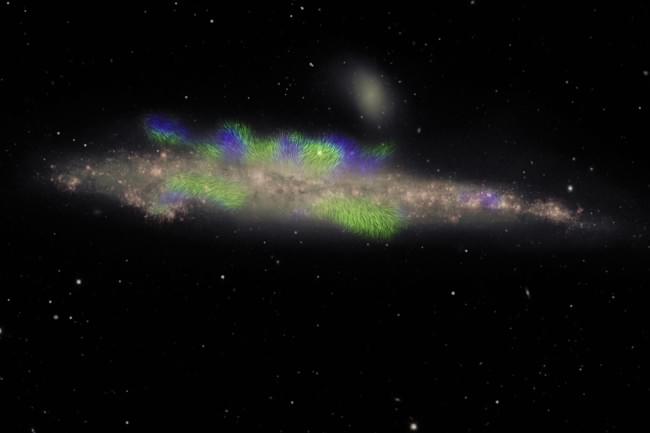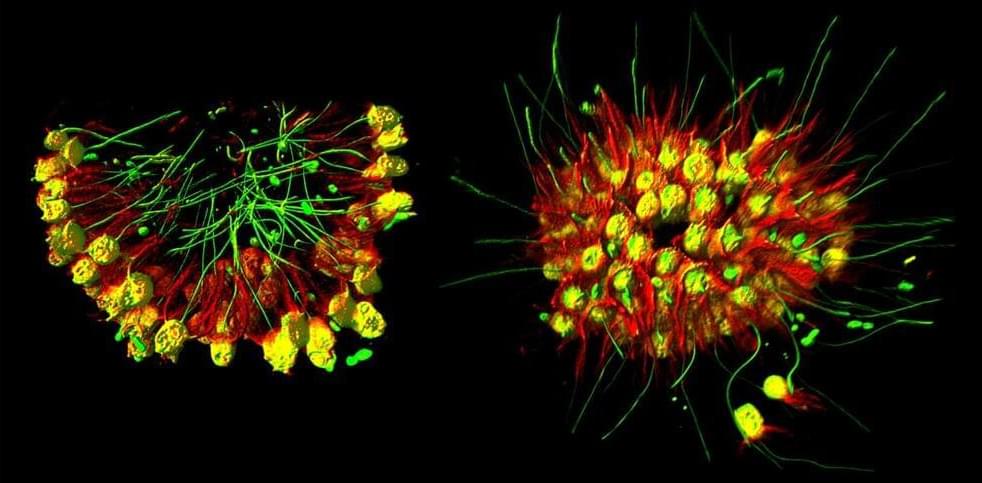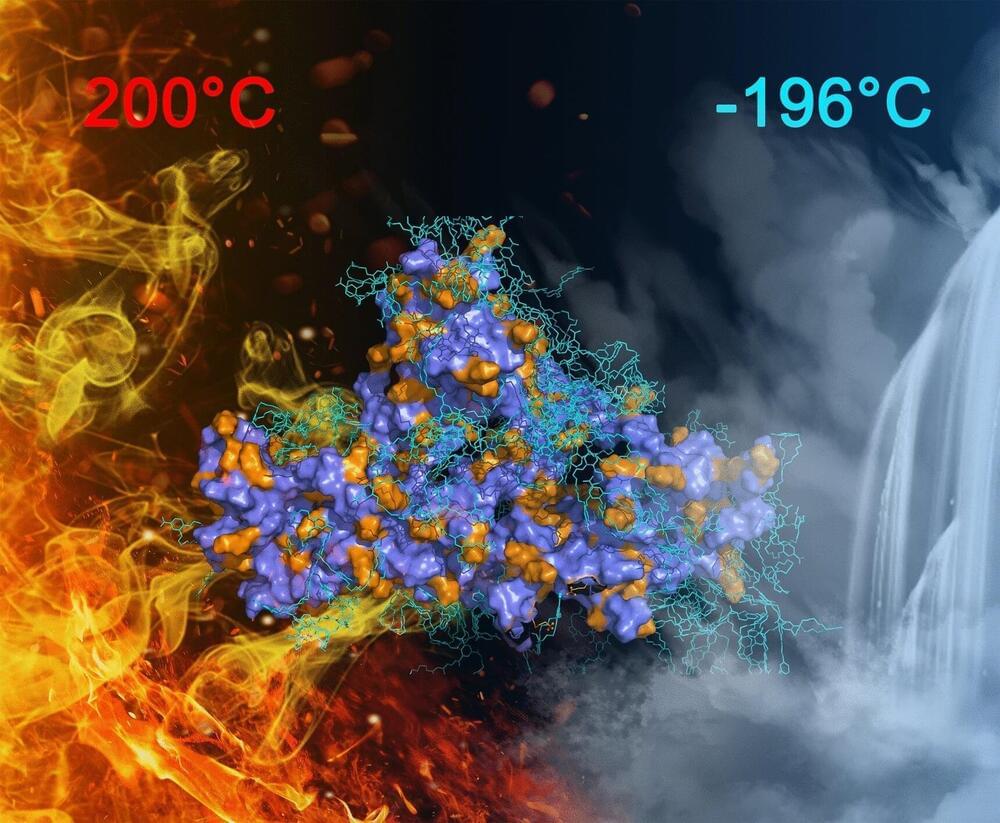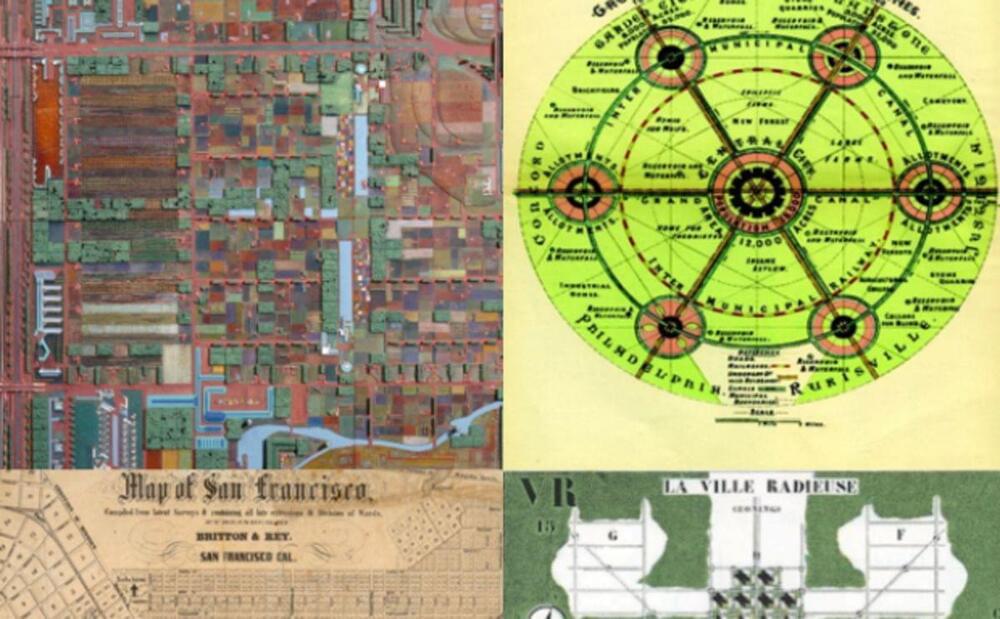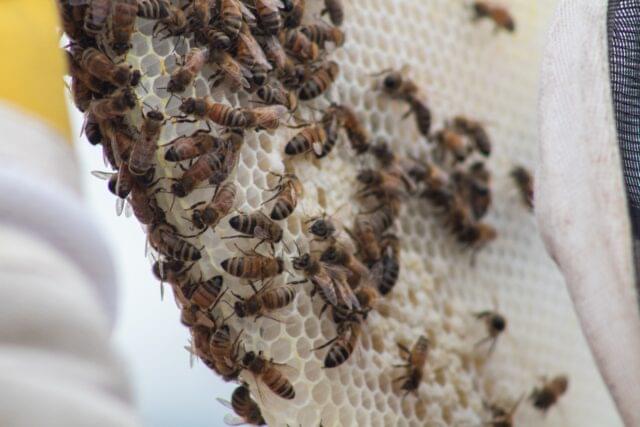Jul 20, 2022
LHCb ramps up the search for dark photons
Posted by Dan Kummer in categories: cosmology, particle physics
The LHCb detector was originally designed to study a particle known as the beauty quark. But now researchers are also using the experiment to search for dark matter:
Researching subatomic particles is an involved process. It can take hundreds—if not thousands—of scientists and engineers to build an experiment, keep it up and running, and analyze the enormous amounts of data it collects. That means physicists are always on the lookout for ways to do more for free: to squeeze out as much physics as possible with the machinery that already exists. And that’s exactly what a handful of physicists have set out to do with the LHCb experiment at CERN.
The LHCb detector was originally designed to study a particle known as the beauty quark. “But as time has gone on, people have seen just how much more we can do with the detector,” says Daniel Johnson, an LHCb collaborator based at MIT.
Continue reading “LHCb ramps up the search for dark photons” »
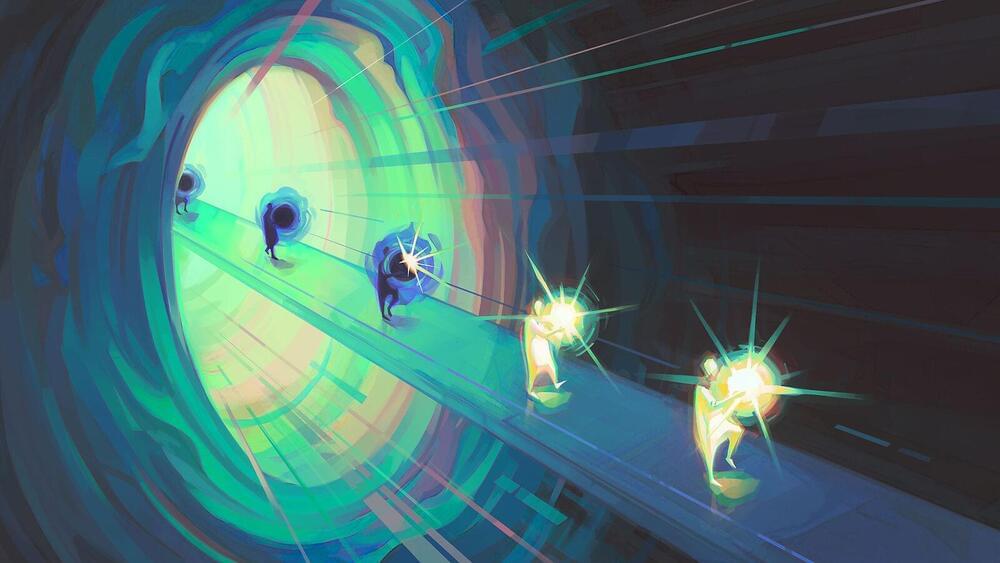
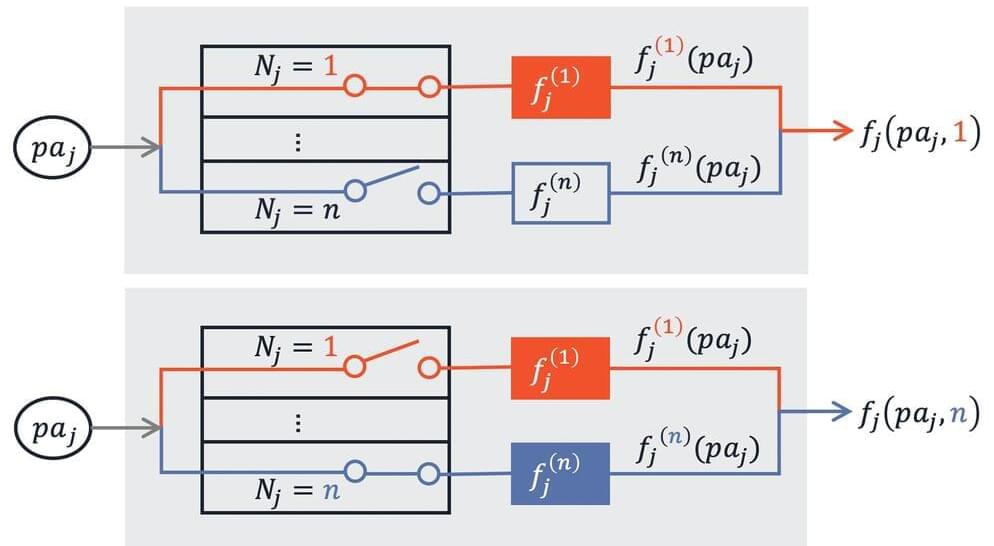
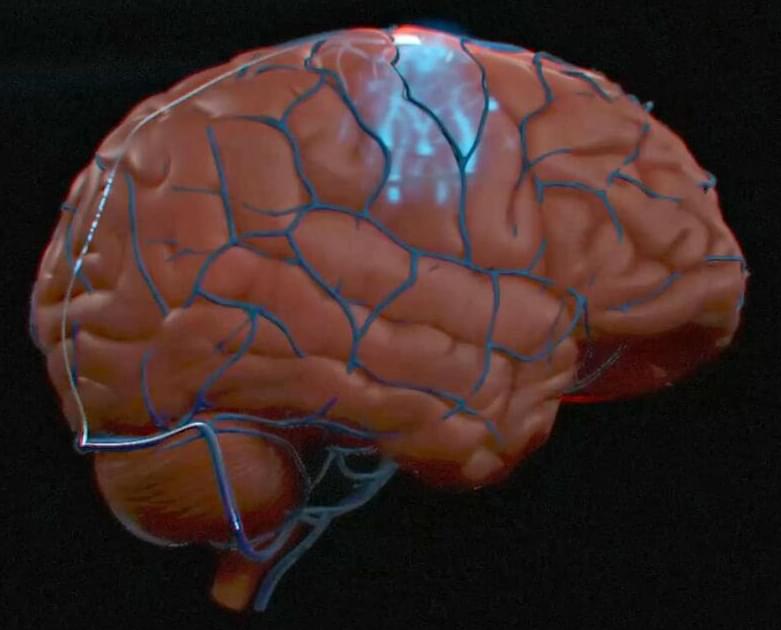
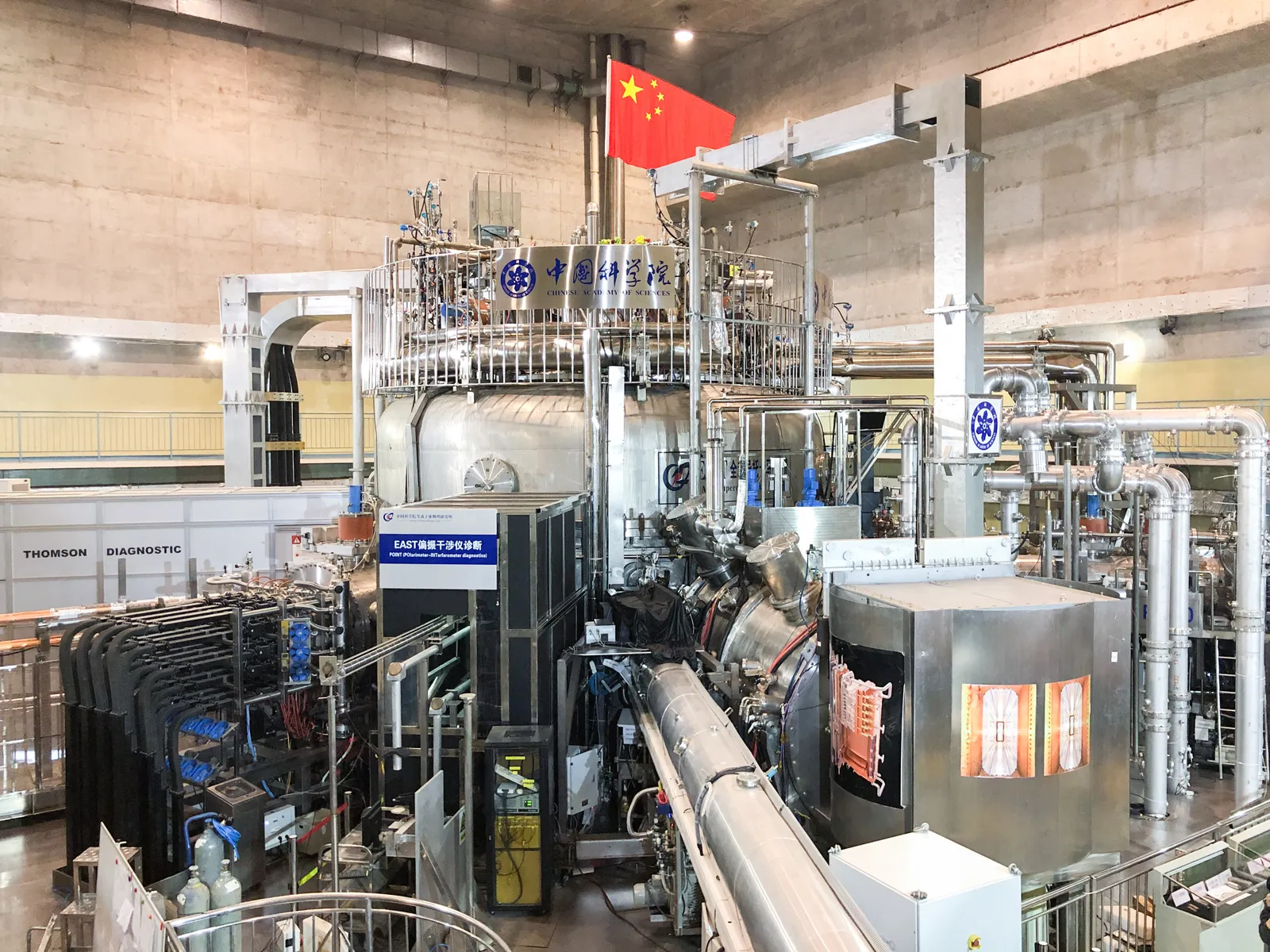 In a new world record, China’s “artificial sun” project has sustained a nuclear fusion reaction for more than 17 minutes, reports Anthony Cuthbertson for the
In a new world record, China’s “artificial sun” project has sustained a nuclear fusion reaction for more than 17 minutes, reports Anthony Cuthbertson for the 
